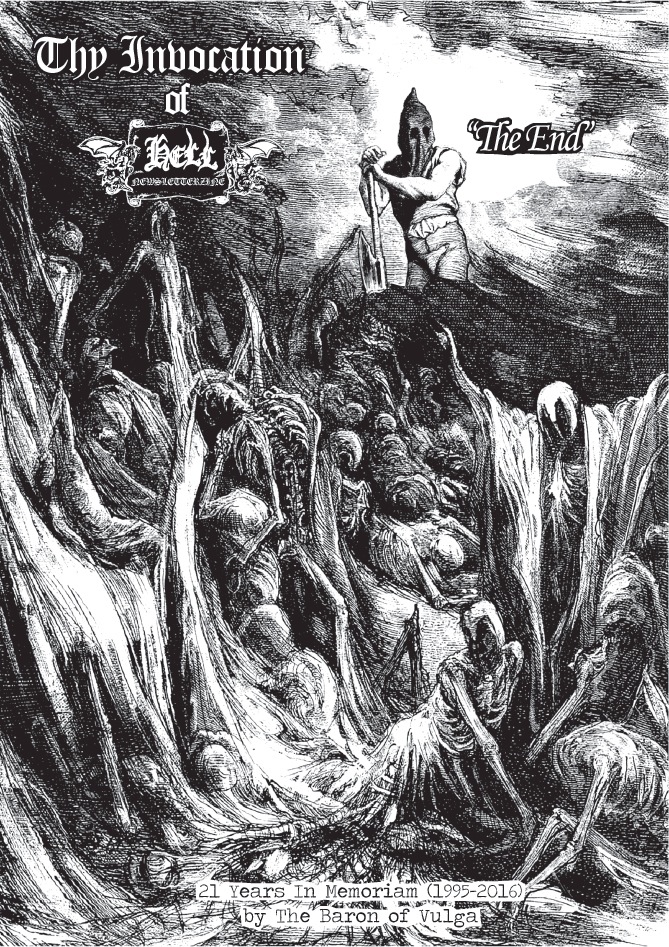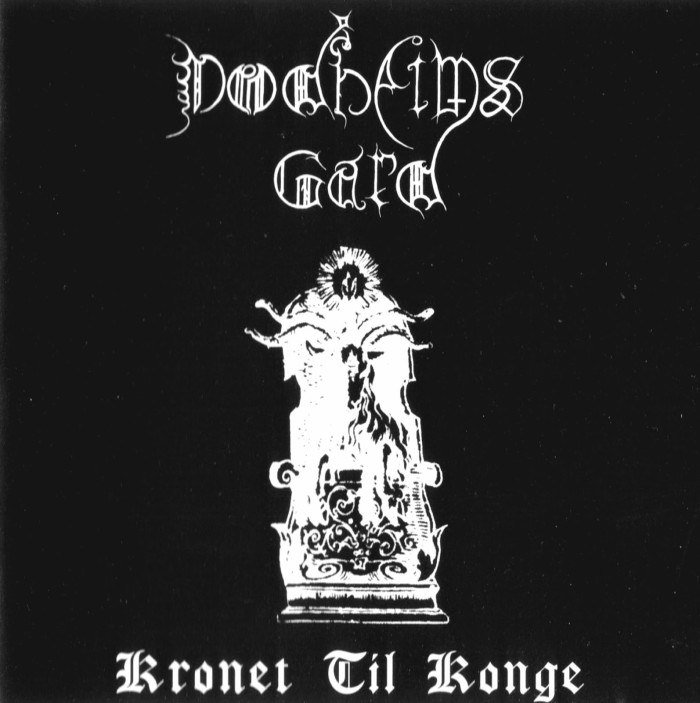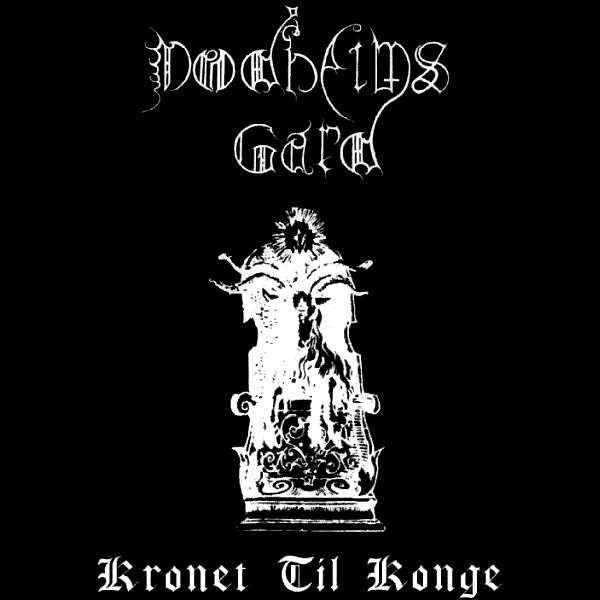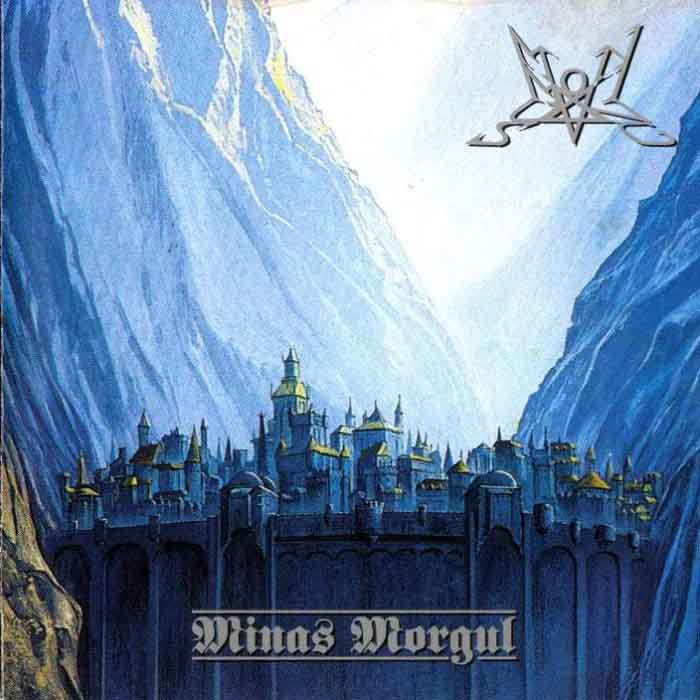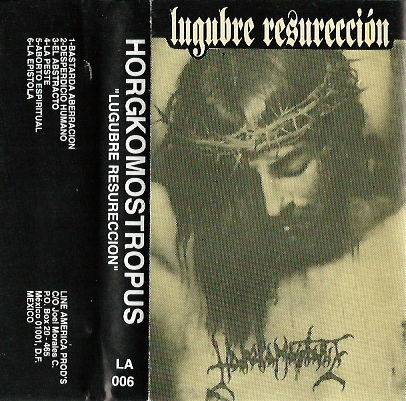
Formed in 1991, Horgkomostropus was a death metal band hailing from the unlikely land of Honduras, in Central America. Unlike virtually every other band coming from that the area, this band actually proposes something of other own. This music is not only several pegs above the vast majority of music in Central America, but it is also, in my view, a strong contender in the death metal world of the 1990s. That is not to say I would place Horgkomostropus besides a Morbid Angel, but perhaps above a Demigod and below the Amorphis of The Karelian Isthmus in terms of its artistic (merit in composition, in part) weight.
The style displayed on Lúgubre Resurrección (or Ingubre Resurrecciòn?) is akin to that blood-dripped death metal that slurs in a development of motifs thematically related and played through tremolo passages and power chord statements. Perhaps best described as an original and distinct-sounding follower of the styles in which Paul Ledney excels, this album strikes one as something that Gorguts’ Considered Dead could have been if it were not only the tongue-in-cheek musically-compelling banner of death metal it is.
There is something to be said about the place and time in which this work arose and what we can infer from it in terms of the band’s seriousness, commitment and perhaps its correlation with talent. During the 1990s, Central America was practically without the means to professionally produce music in general, let alone publish metal. Any metal band that would remotely hope to publish its music had to reach out for Mexico. To someone from a developed nation, this may seem like no big deal, but considering the Internet-less “Third World” of the time, this is cannot be taken lightly. In such inhospitable climate, how did a Central American death metal band get their demo/album out there? I am guessing this people had to be in the “mailing” circuit of the underground.
The band was able to get their first demo, Lúgubre Resurrección, out through Line America Productions, from Mexico. Needless to say, in these conditions, the commitment of the band against adversity and the complete lack of any possible material compensation reflects a disinterested sacrifice for art with a deeper meaning. Furthermore, given the limited resources and the difficulty of communication and publishing for death metal at the time and specially in the geographical area, the degree of talent needed to catch the attention of one of these very small labels that only supported very specific acts with equally uncommon mentality and faculties was by no means something to be overlooked.

Horgkomostropus’ Lúgubre Resurrección is an esoteric work that in later projects by the band leader and lead guitar player, Fernando Sánchez, would turn to purposefully veiled occult affairs like Aria Sepvlchralia. As has been proposed before, a clear theme or belief that a project holds as its ideal usually lights a candle in the dungeons of the mind that one has to walk in in order to bring together a composition. Most bands we hear out there are zombies who are still wandering there, too deluded and trapped in their own minds to even recognize their condition.
Lúgubre Resurrección shines forth dark light in a mixture of demonic-bent death metal with a black mentality influenced by the local styles of street-dirt heavy metal that prevailed in Latin America at the time, themselves a pure expression of the violent, desperate and decadent situation that was being ignored by Christian wishful-thinkers and hypocritical morals-mongers. Beautifully perverse thematic development occurs in these songs with such a strict adherence to a clear motif that it allows for a greater flexibility in the textures of the riffs, which are always kept in the style of early blasphemous death metal that emphasized a dirty sound, not on the level of production only, but the musical statements themselves: not atonal, but tonal phrases just given the necessary twist for an aura of perversion to be perceived encroaching on everything from above. This is the natural world before us, but there is a supernatural transgression taking place over it.
(P.S. Special thanks to the guy from Metal Honduras blog for keeping a profile and mp3s of the band that would allow me to discover this, if I may so myself — a recently converted and now fervent fanatic, invaluable gem. https://www.facebook.com/pages/Metal-Honduras/217812037969)
Horgkomostropus MP3s
https://www.youtube.com/watch?v=3qu423QTtL0
The following is
An orchestral piece based on “Lúgubre Resurrección”, originally written by S:E:Nctvm for Horgkomostropus (Death Metal) in 1996.
Performed & Arranged by: S:A:Ph with insight from S:E:Nctvm (2011),
10 CommentsTags: 1995, 2015, Aria Sepvlchralia, death metal, Fernando Sánchez, Horgkomostropus, Ingubre Resureccion, Lúgubre Resurrección
